Tired of feeling like you’re breathing in stale air at home? Want to create a fresher, healthier environment for you and your family? Look no further. In this blog post, we’ll explore some of the easiest ways to improve air quality in your home. From simple tips to practical solutions, we’ve got you covered. Say goodbye to stuffy rooms and hello to a breath of fresh air.
Use Air Purifiers
Air purifiers are like superheroes for your indoor air quality, silently working to eliminate pollutants and allergens. These handy devices come in various sizes and designs, making it easy to find one that fits your needs and space. By filtering out dust, pet dander, pollen, and other airborne particles, air purifiers can help reduce respiratory issues and improve overall well-being. When shopping for an air purifier, look for features like HEPA filters or activated carbon filters, which are effective at capturing different types of contaminants. Consider placing the air purifier in rooms where you spend the most time or where allergies tend to flare up. If you have extra money, you should get an air conditioner. If you are too busy, you can check for amazon air conditioners online.
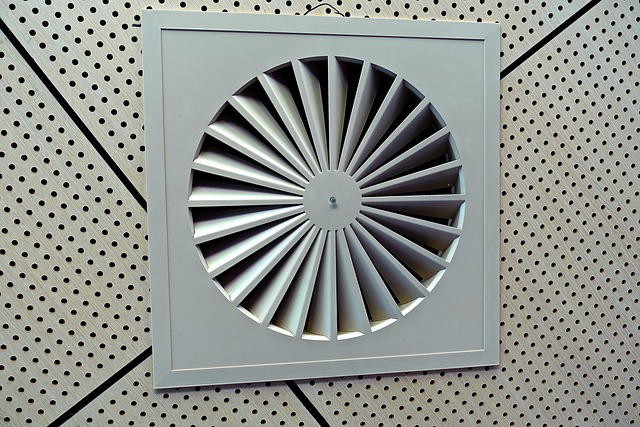
Increase Ventilation
One simple way to improve the air quality in your home is by increasing ventilation. Opening windows and doors allows fresh air to circulate, pushing out pollutants and stale indoor air. In addition to opening up your home, consider using exhaust fans in areas like the kitchen and bathroom, where moisture and odors tend to linger. Another great way to boost ventilation is by installing a whole-house ventilation system. These systems work continuously to bring fresh outdoor air into your home while expelling indoor pollutants. They can help maintain a healthy airflow throughout all rooms, keeping the air clean and fresh.
Keep Your Home Clean
Maintaining a clean home is not just about aesthetics; it also plays a significant role in improving indoor air quality. Dust, pet dander, and other allergens can accumulate over time if not regularly cleaned. Start by vacuuming carpets and rugs frequently to reduce the amount of dust and dirt in your home. Wiping down surfaces with a damp cloth can help capture and remove particles that may be lingering around. Don’t forget about the importance of washing bedding regularly to prevent dust mites from settling in. Additionally, keeping clutter to a minimum can make cleaning more manageable and prevent dust build-up.
Keep Indoor Plants
 Adding indoor plants to your home not only enhances the aesthetic appeal but also contributes to improving air quality. It is known that plants act as natural air purifiers by absorbing carbon dioxide and it also releases oxygen through photosynthesis. They can help eliminate toxins such as formaldehyde and benzene, creating a healthier environment for you and your family. In addition to their air-purifying properties, indoor plants can also boost mood, reduce stress levels, and increase productivity. The presence of greenery indoors has been linked to improved mental well-being and overall happiness.
Adding indoor plants to your home not only enhances the aesthetic appeal but also contributes to improving air quality. It is known that plants act as natural air purifiers by absorbing carbon dioxide and it also releases oxygen through photosynthesis. They can help eliminate toxins such as formaldehyde and benzene, creating a healthier environment for you and your family. In addition to their air-purifying properties, indoor plants can also boost mood, reduce stress levels, and increase productivity. The presence of greenery indoors has been linked to improved mental well-being and overall happiness.
So why not bring a touch of nature into your living space? Various types of houseplants thrive indoors with minimal care, making them perfect for beginners or those with busy schedules Improving the air quality in your home is essential for your health and well-being. By following these simple tips, such as using air purifiers, increasing ventilation, keeping your home clean, and adding indoor plants, you can make a significant difference in the air you breathe every day. Small changes can lead to big improvements when it comes to creating a healthier living environment. Start implementing these easy strategies today and enjoy the benefits of cleaner and fresher air in your home. Your body will thank you.


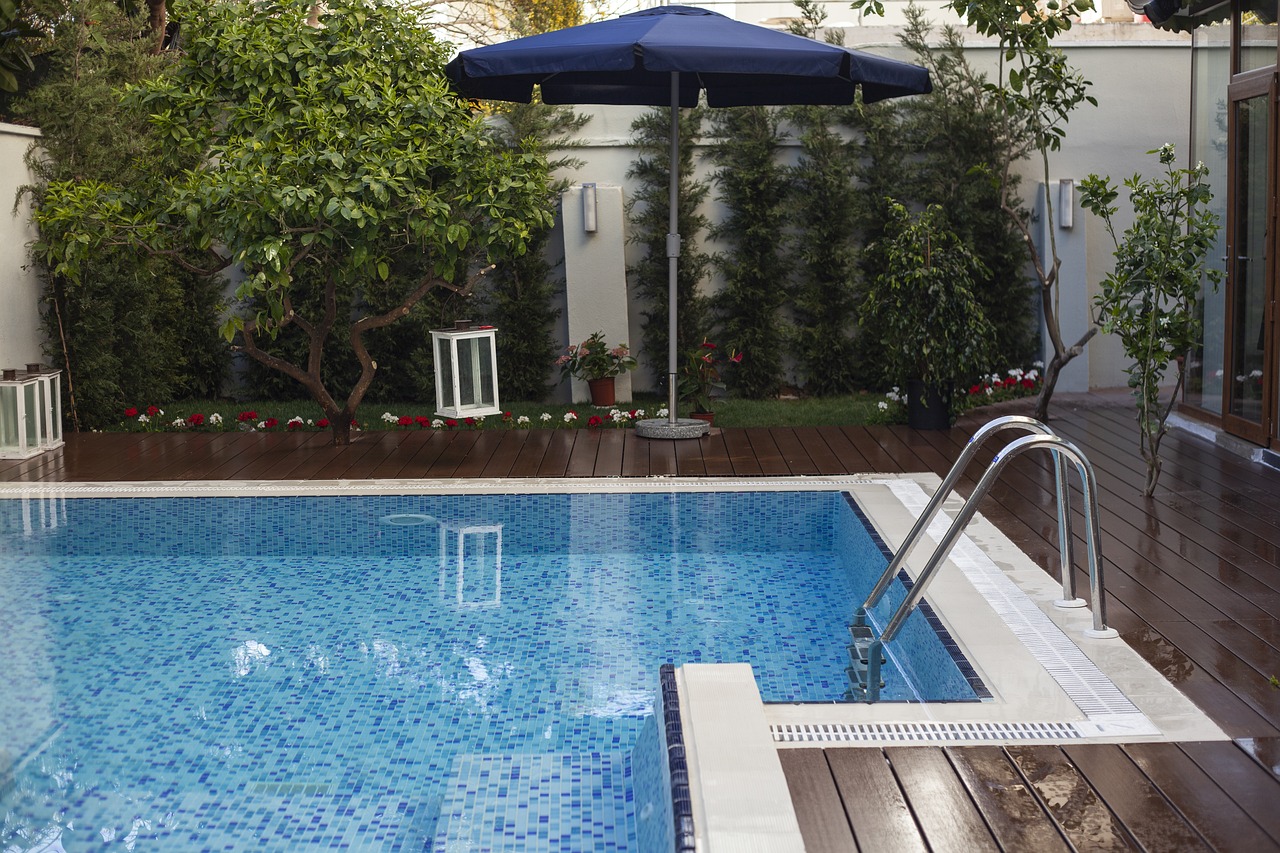
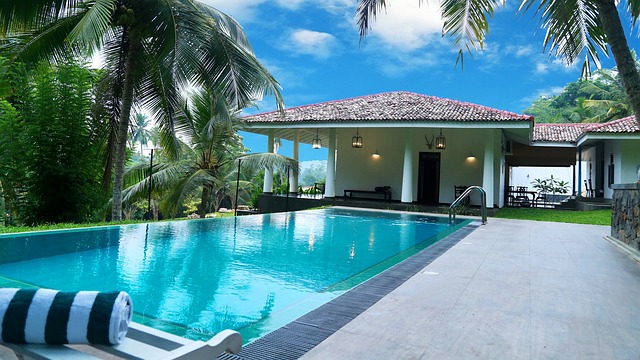

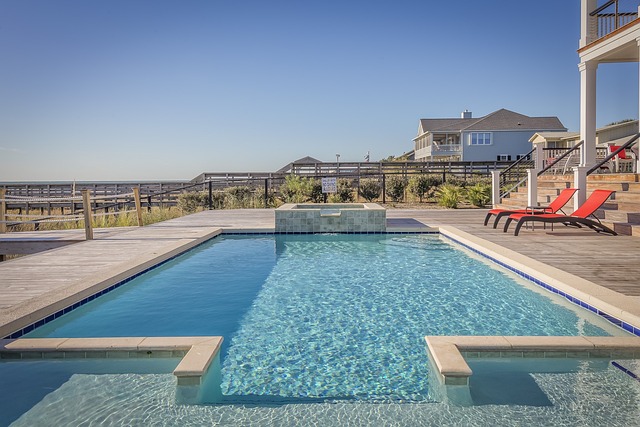

 Durability
Durability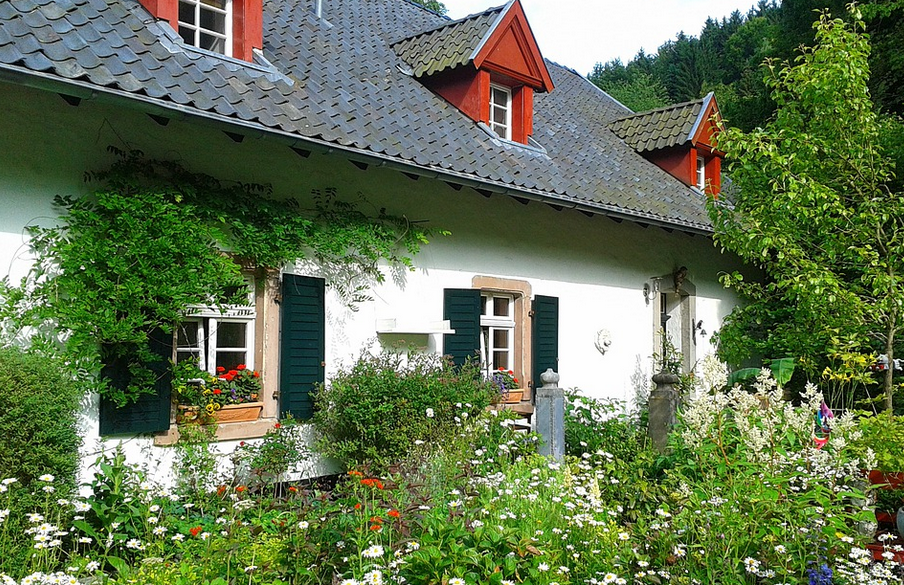
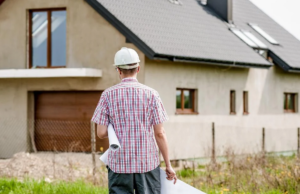 One of the most important things you can do when buying an old home is to get a comprehensive building inspection. This will help to identify any structural or other issues that may need to be addressed. Issues like pest infestation, dampness, and electrical problems can be expensive to fix, so it is important to know about them in advance. There are companies that can specialize in home inspections, so be sure to use one of them. Building and pest inspections gold coast is one example.
One of the most important things you can do when buying an old home is to get a comprehensive building inspection. This will help to identify any structural or other issues that may need to be addressed. Issues like pest infestation, dampness, and electrical problems can be expensive to fix, so it is important to know about them in advance. There are companies that can specialize in home inspections, so be sure to use one of them. Building and pest inspections gold coast is one example. Another mistake is not being aware of potential hazards. Older
Another mistake is not being aware of potential hazards. Older 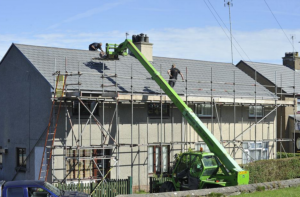 The last mistake people often make when buying an old home is failing to budget for repairs. Older homes can require significant repairs, and if you’re not prepared for it, it can strain your finances. If you want an old house because it is cheaper, be sure to factor in the cost of repairs. Otherwise, you may find yourself spending more than you bargained for. This is something that you should discuss with your real estate agent, as they will be able to give you a realistic estimate of the repairs that may need to be made. They know what to look for and can help you budget accordingly.
The last mistake people often make when buying an old home is failing to budget for repairs. Older homes can require significant repairs, and if you’re not prepared for it, it can strain your finances. If you want an old house because it is cheaper, be sure to factor in the cost of repairs. Otherwise, you may find yourself spending more than you bargained for. This is something that you should discuss with your real estate agent, as they will be able to give you a realistic estimate of the repairs that may need to be made. They know what to look for and can help you budget accordingly.